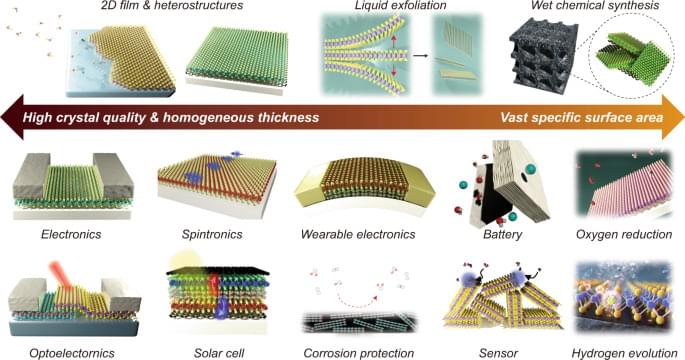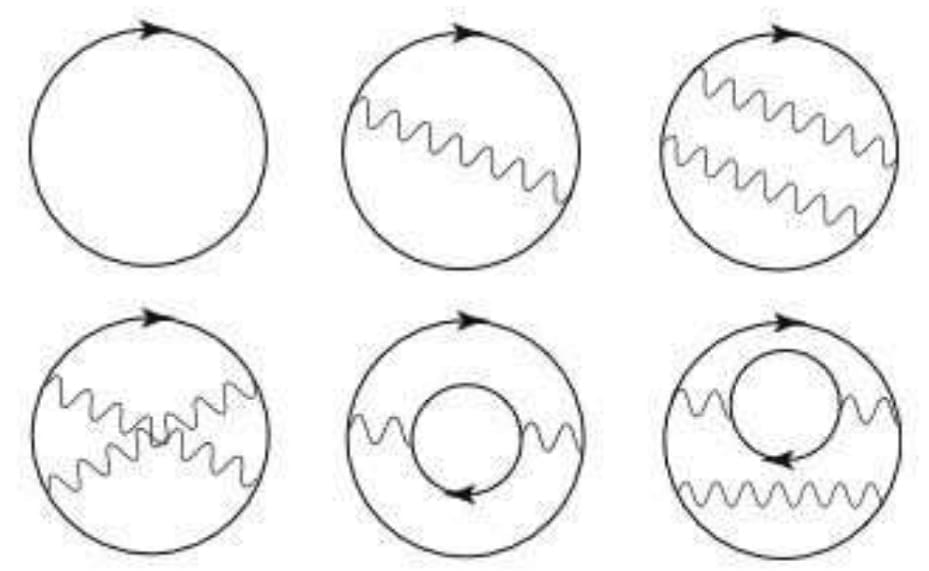Finland is building a nuclear waste disposal site deep under the tiny city of Eurajoki. Called Onkalo, meaning “deep pit” in Finnish, the nuclear waste repository is slated to open in 2024. If all goes to plan, copper casks will safely store spent uranium fuel rods for at least the next 100,000 years. But what happens when we bury nuclear waste, and how does this fit into Finland’s nuclear future?
Finland is a Scandinavian country about the size of Montana with about five times the population at 5.5 million residents. (That said, Finland is the 216th nation in the world by population density, showing just how sparse Montana really is.) The population is concentrated in the south, with just 200,000 people living around and above the Arctic Circle in northern Finland.






